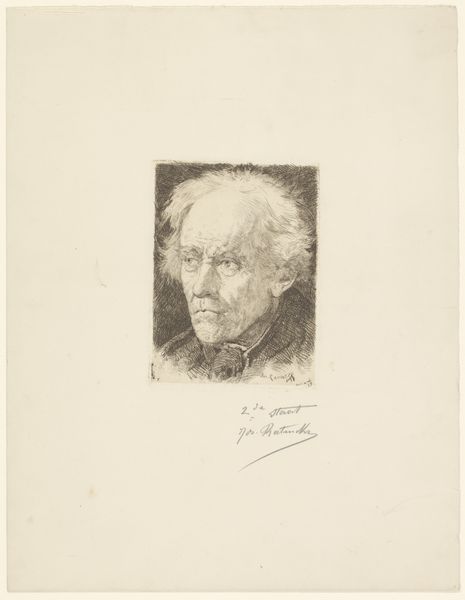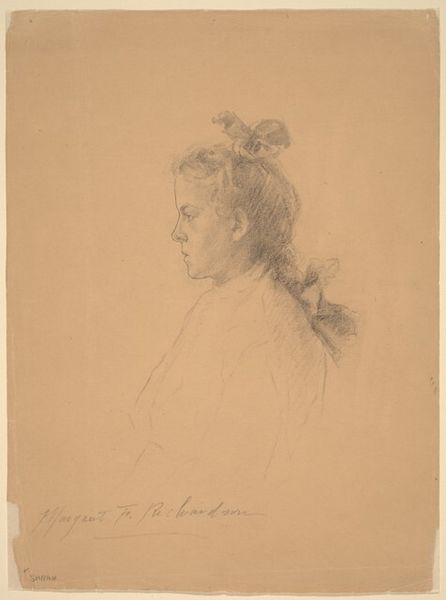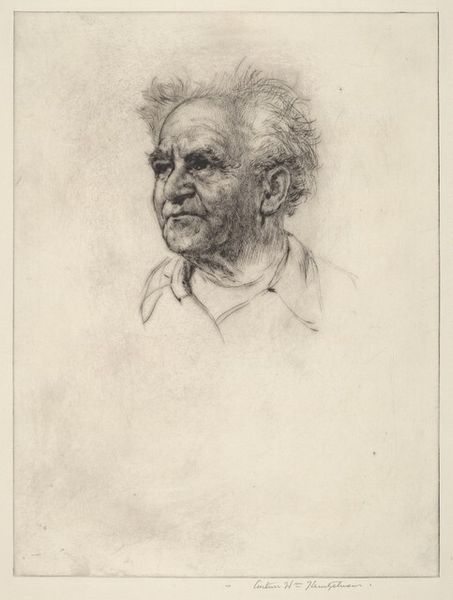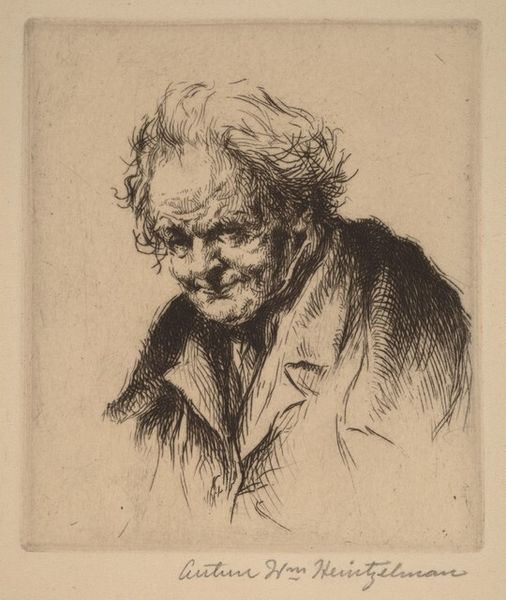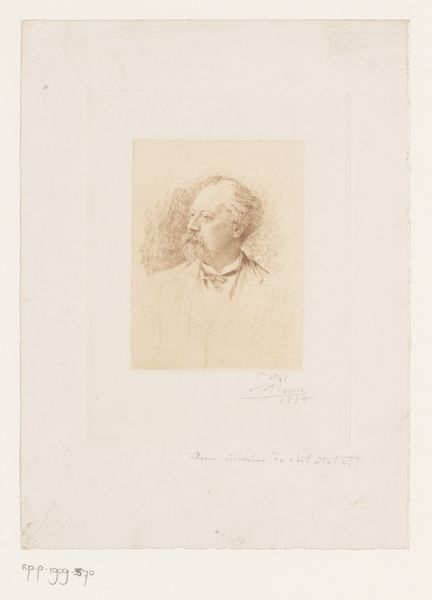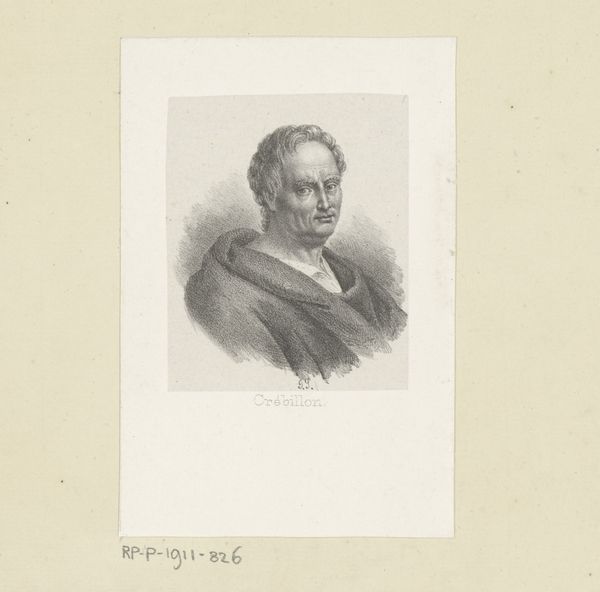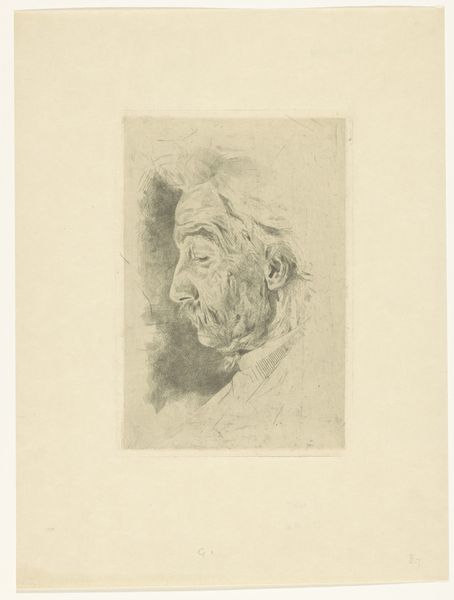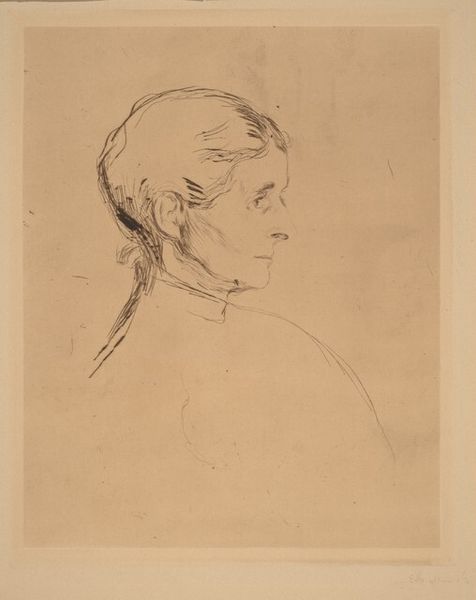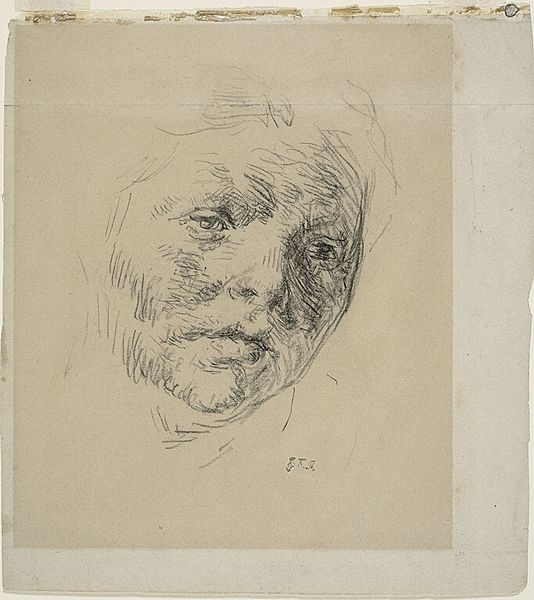
drawing, pencil, graphite
#
portrait
#
pencil drawn
#
drawing
#
pencil drawing
#
pencil
#
graphite
#
portrait drawing
#
realism
Dimensions: overall (approximate): 25.1 x 24.7 cm (9 7/8 x 9 3/4 in.)
Copyright: National Gallery of Art: CC0 1.0
Editor: Here we have Arthur William Heintzelman's 1959 pencil drawing of David Ben Gurion. There’s something almost ghostly about the texture created by the graphite. What catches your eye when you look at it? Curator: For me, it's the sheer process that interests me. We’re presented with this immediate connection to the hand of the artist, a direct trace of labour made manifest through a readily available, inexpensive material. Pencil on paper, it’s incredibly democratic in its availability. Think of the economic implications! Who had access to portraiture, and through what means? Editor: That’s interesting, I was focusing on the likeness and the subject. Does the choice of graphite then democratize portraiture? Curator: Exactly! Before photography became widespread, portraiture was largely the domain of the wealthy who could afford painted commissions. Drawings like this, rendered in humble materials like graphite, begin to open up that world. And we can think about how graphite itself is mined, processed, distributed... It opens up a whole chain of material production. Was Heintzelman perhaps commenting on the accessibility of leadership, portraying this key historical figure through an accessible medium? Editor: That makes me consider the accessibility of the image versus the sitter. I wouldn’t have thought about it that way! So, the materials themselves hold meaning, shaping the viewer's understanding. Curator: Precisely. It's a reminder that even the simplest artwork involves layers of social and material histories that inform its meaning. The perceived “simplicity” of the medium encourages viewers to reconsider accessibility in portraiture and consider its material origins and social context. Editor: It makes you wonder what other messages we miss by not looking more closely at the 'how' of art.
Comments
No comments
Be the first to comment and join the conversation on the ultimate creative platform.
